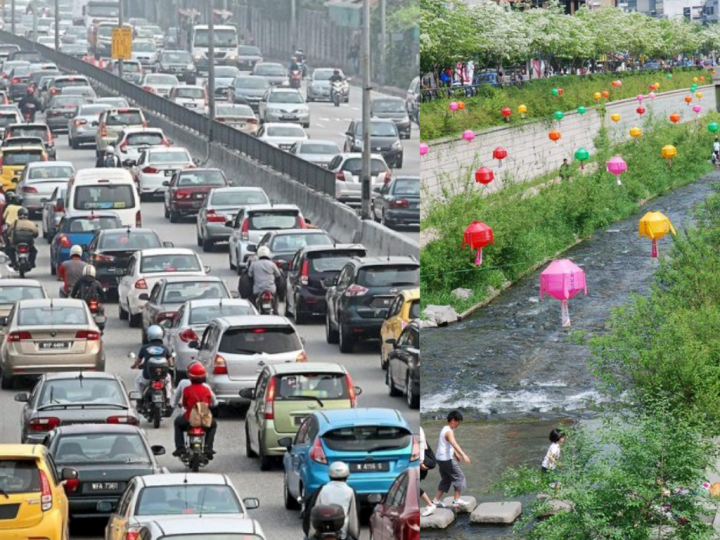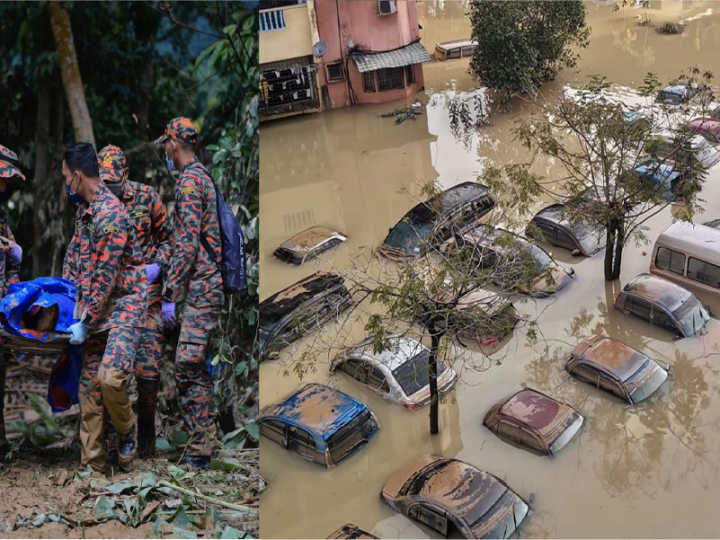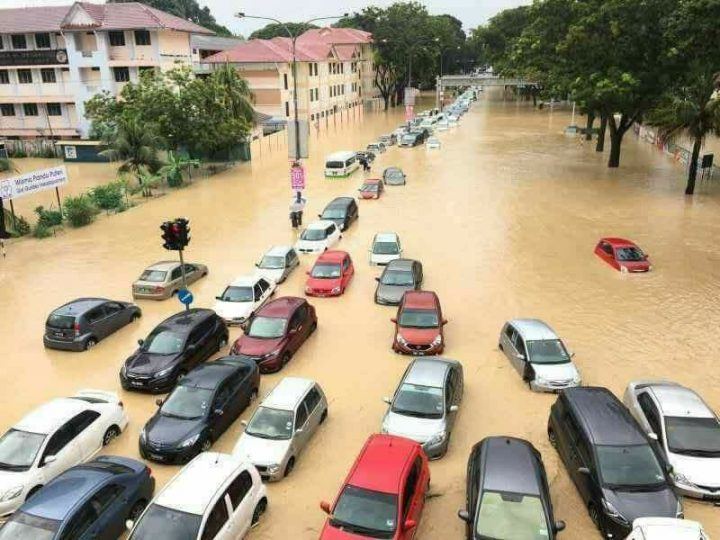Here Are Ways To Prevent Floods For Good
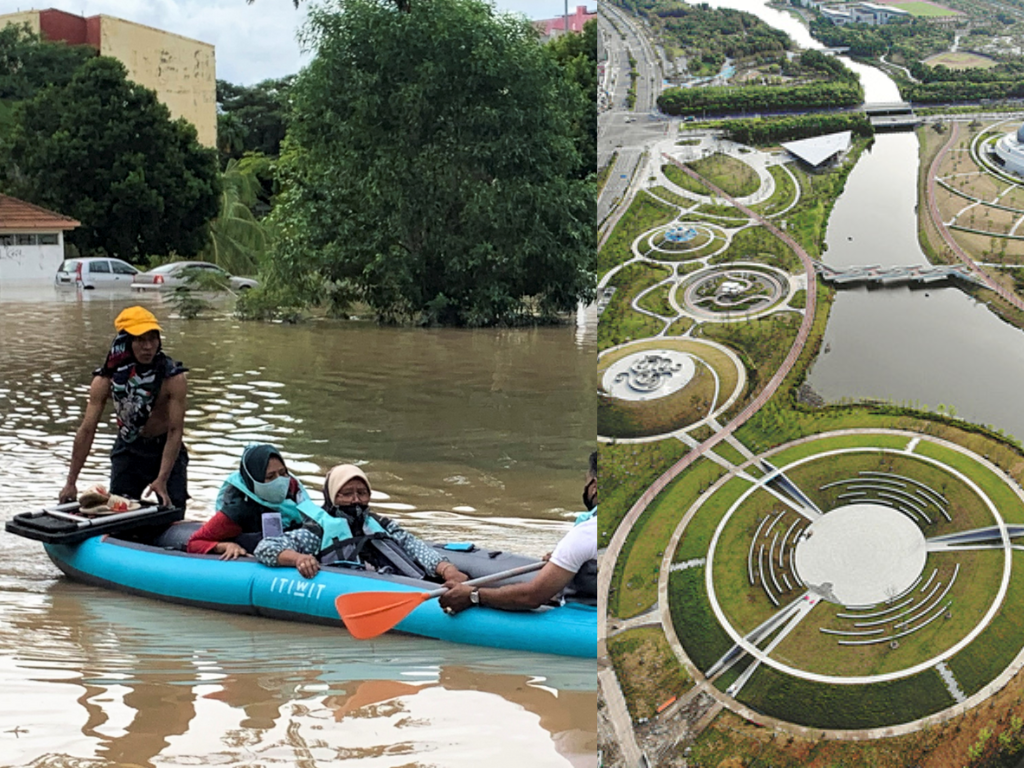 Thirsty for JUICE content? Quench your cravings on our Instagram, TikTok and WhatsApp
Thirsty for JUICE content? Quench your cravings on our Instagram, TikTok and WhatsApp
Let’s discuss floods. The government is currently conducting intensive research on combating yearly floods so we at JUICE would like to offer some science-backed solutions that have proven to work.
But before we proceed. Let’s look at how floods happen in Malaysia.
What Causes Floods and Why Is It A Yearly Occurrence?

National Geographic defines a catastrophic flood as an event where water overflows excessively to dry land caused by multitudes of ways. There are many reasons why floods happen every year but let’s look at two of the main causes that happen here in Malaysia
1. Climate Change

If you are a disbeliever in climate change, it’s time to stop. Look at the ground you’re standing on now and on that same ground, people of our country in different areas see water levels reaching up to their necks during the monsoon season which inevitably will ruin the lives of their families.
The rapid melting of snow or ice in Antarctica has caused the sea level to rise.

Water from the South China Sea, which is 3.5 million square kilometres in size, would eventually reach the beaches of Malaysia, a nation with a land area of just 329,847 square kilometres.
Most of the effects of global warming may be traced back to human activities, such as the production and use of harmful chemicals in buildings and other manmade structures as well as in personal vehicles and household goods.
If we continue to consume items that are harmful to our planet, we should all share some of the responsibility for the deluge.
2. Poor Town Planning
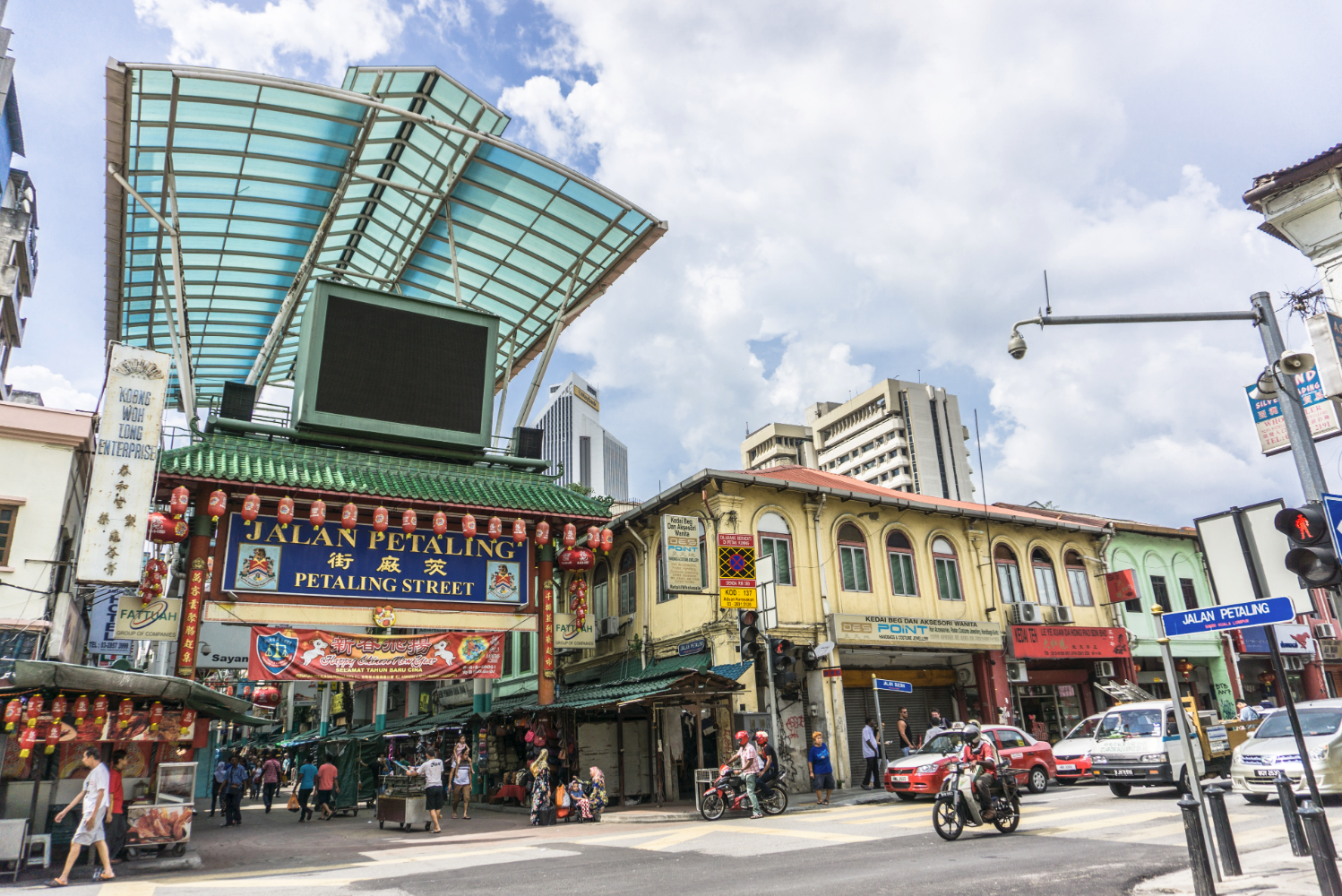
Okay, this one we don’t have to blame ourselves anymore, thank goodness.
Because of developers’ avarice, as more and more structures are constructed on top of a tiny plot of land, the earth gradually sinks, making flooding more likely to happen.
As the ground gets lower, this will lead to water flooding over time as it doesn’t have a proper channel to flow back to the ocean, which leads to my next point.
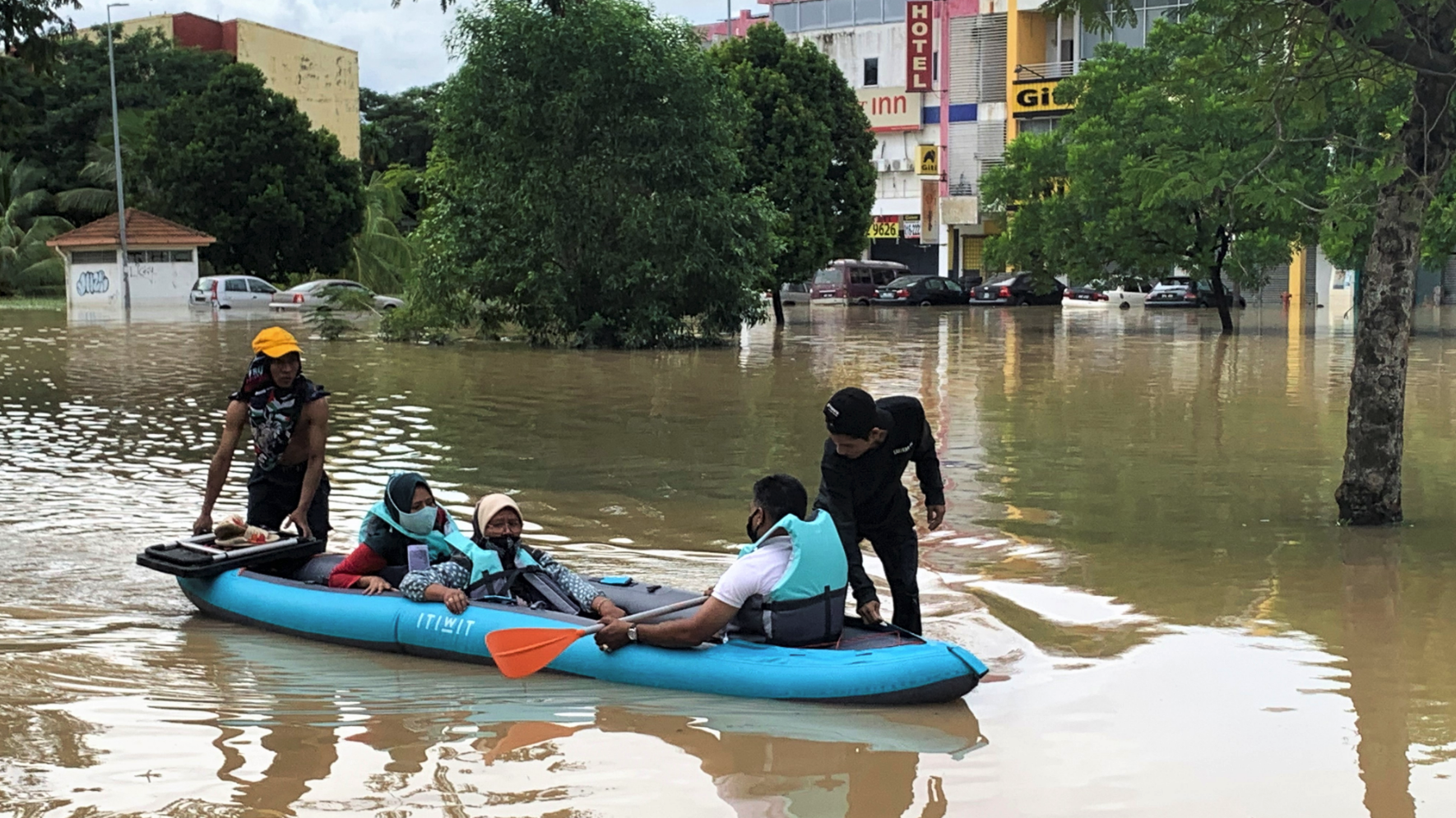
Larger floods would result from water not being able to properly drain back into the ocean.
It is inevitable that as the Klang Valley expands, the surrounding countryside would be neglected.
This means that the rich will continue to live in comfortable homes with fewer floods as the poor fall into the dungeon of classism.
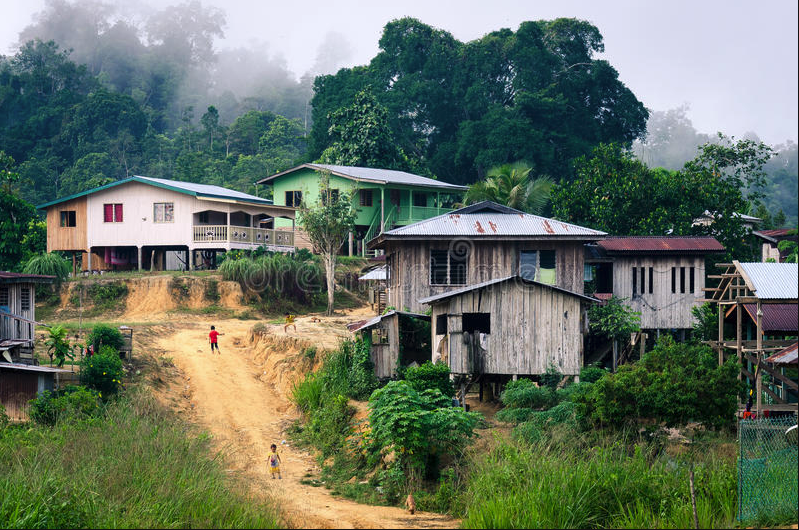
The growth of paved, impermeable regions brought about by urban development may alter the environment or ecosystem by reducing the amount of rain that can be absorbed by the soil and raising the risk of flooding, especially in low-lying places.
Now that we’ve discussed the reasons why floods take place so often, let’s look at ways we could prevent future catastrophes.
How to Prevent Floods
1. Create A Sponge City
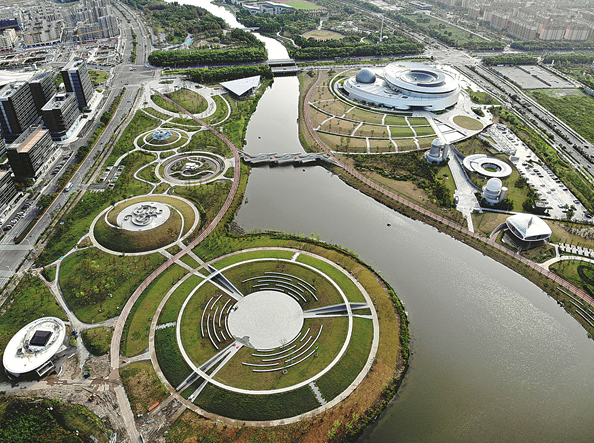
Huh? A sponge city? Since the frequency of urban floods in China has increased by a factor of two in the last decade, this idea has gained a lot of traction there.
Dean of the College of Architecture and Landscape Architecture at Peking University Kongjian Yu has made the following claims: “A sponge city is one that can hold, clean, and drain water in a natural way – using an ecological approach.”

The rainfall that falls on a sponge city is collected and reused inside the city limits rather than being diverted elsewhere.
It may be utilised for a variety of purposes, such as recharging aquifers, flushing toilets, irrigating gardens and urban farms, and even drinking water purification.
Sponge city is not entirely new in Malaysia too as Putrajaya was turned into one a few years back.
2. Construct Flood Plains and Overflow Regions for Rivers
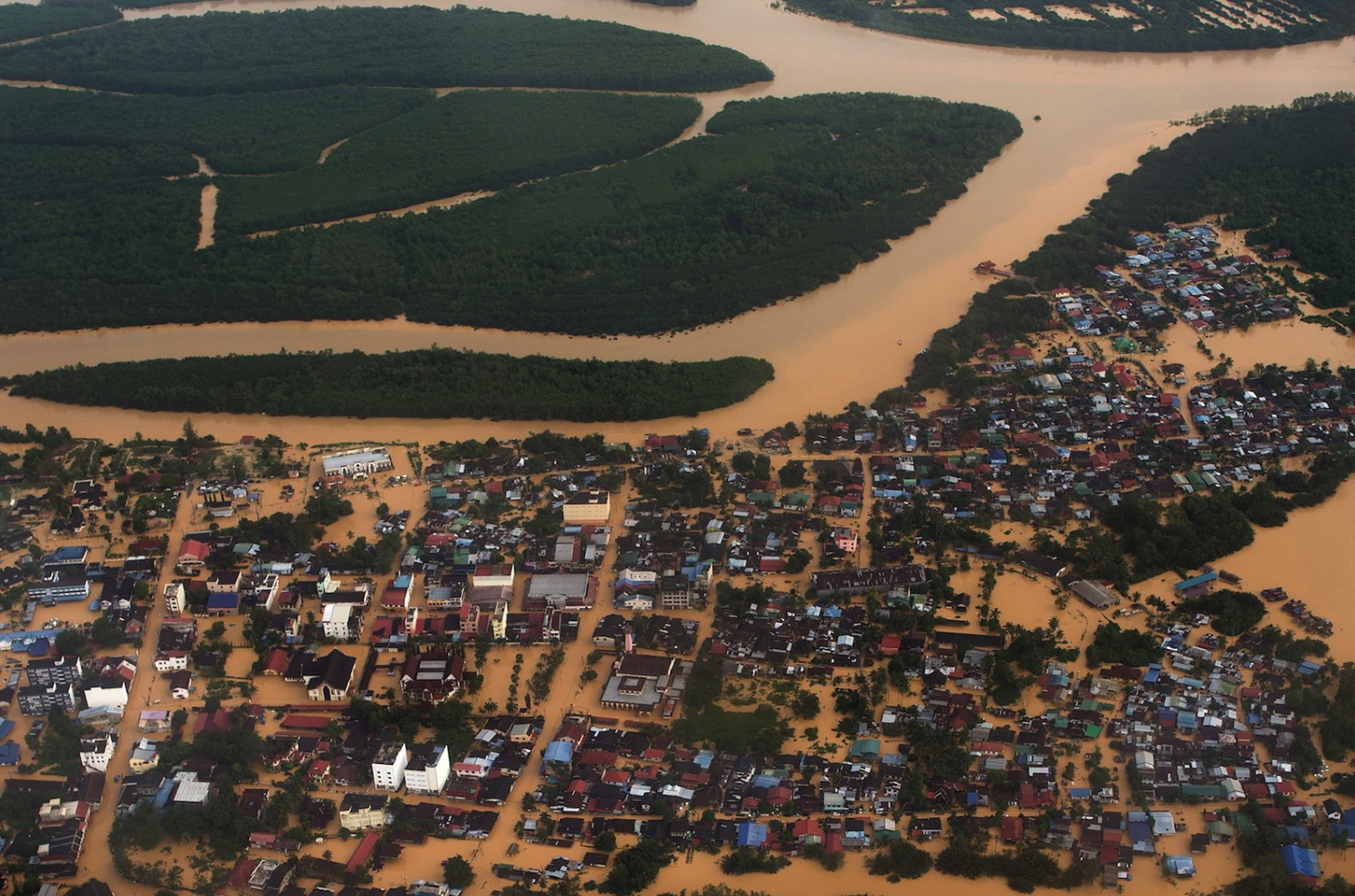
Long swaths of Europe’s rivers were formerly covered by floodplains. Fewer than half of these ecosystems exist now due to urban development.
Because of the vital role they play in flood control, water management, and wildlife preservation, we need a push to revitalise these floodplains in Malaysia.
The main function of floodplains is to store and absorb rainwater, protecting adjacent communities from flooding.
3. Drain Rainfall Away From the Sewage System
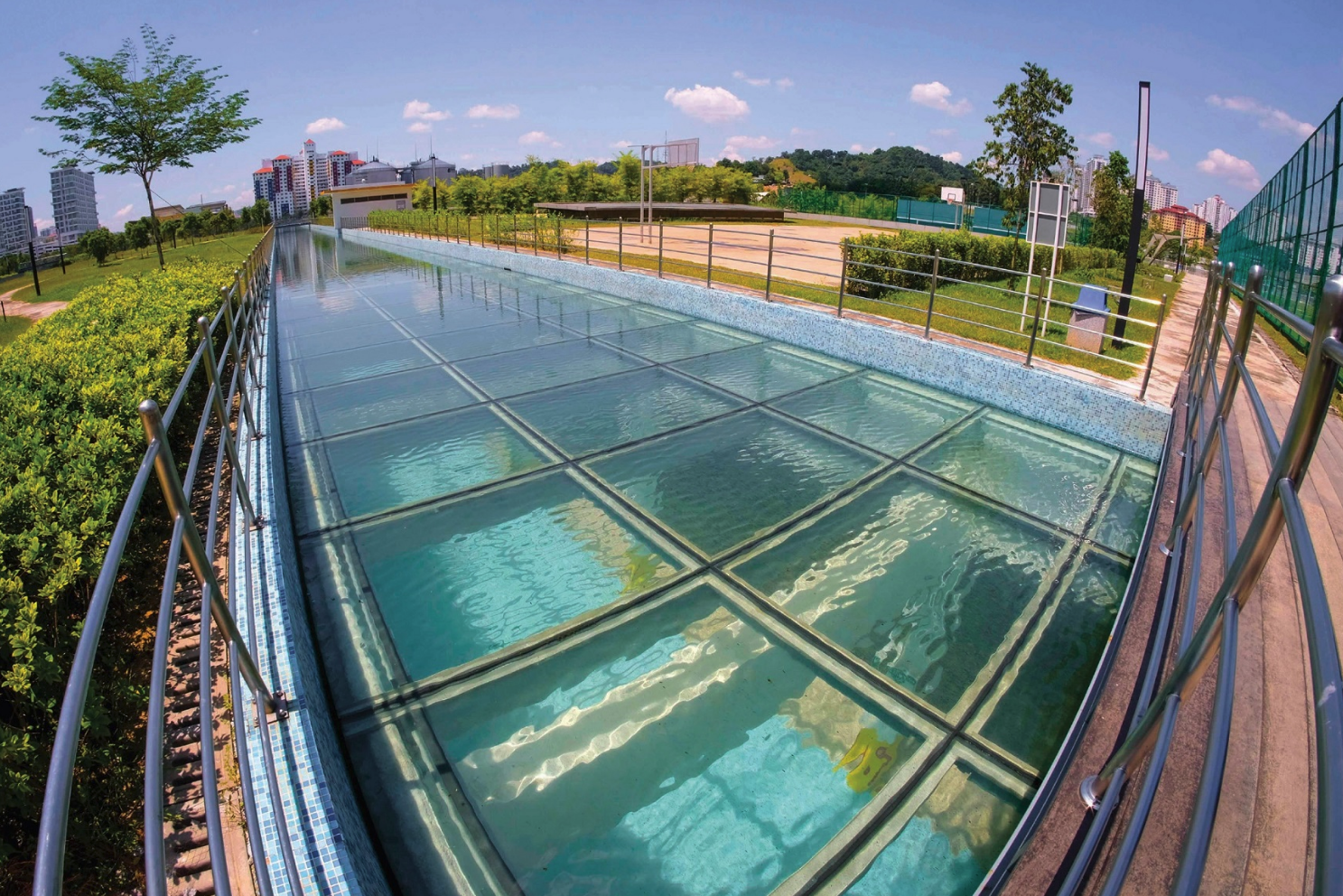
Cities are starting to separate rainwater from the sewage system to enhance water management and preserve the sewer system from damage.
The divide prevents excessive stormwater runoff from overwhelming the wastewater treatment facility, allowing it to do its job more efficiently.
4. Make Use of Permeable Pavement, Walkways, and Gardens
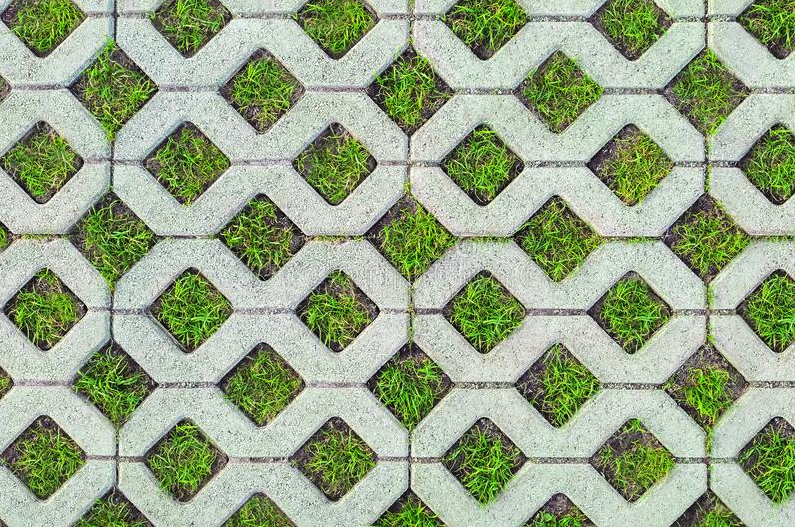
We’ve seen these in Klang Valley as well as other developed cities but not so much in rural areas affected by the floods. Sometimes, there’s not a single usable road in sight there. Again, another form of classism.
Green spaces are a rarity in certain densely populated cities. There is a lot of concrete everywhere, both on the ground and in the sky.
Concrete does not allow water to permeate through it. It has a poor capacity for retaining precipitation. It stops it and sends it into the drains, where it might become stuck and cause flooding in the streets and walkways. Concrete also absorbs so much heat that it will make the rest of the world melt.

If nothing is done, this will lead to floods.
The rationale for sustainable drainage is clear. It is recommended that impermeable surfaces be replaced with permeable materials such as grass and gardens as part of environmental measures now occurring in Europe and throughout the world.
The rainfall might then seep into the ground below. Infiltration is a process that not only helps the plants survive but thrive.
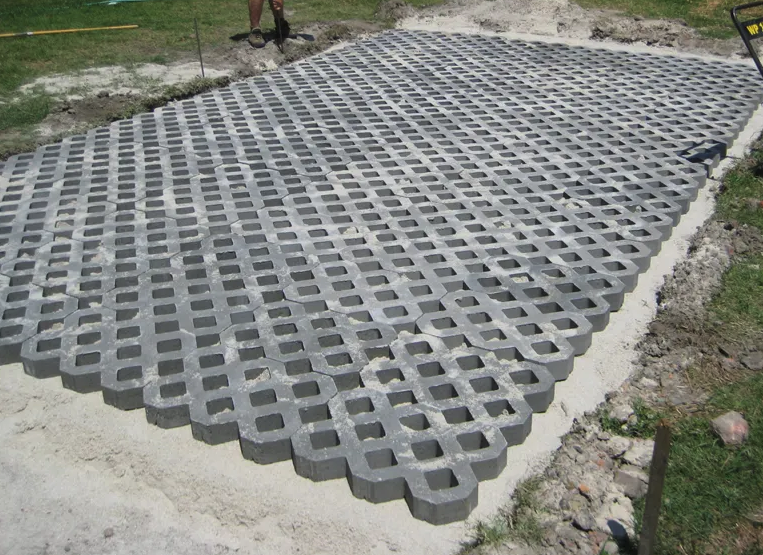
These are some ways we could help end floods for good.
If there are any ways that we’ve missed out in this article, let us know in the comments!


 Get Audio+
Get Audio+ Hot FM
Hot FM Kool 101
Kool 101 Eight FM
Eight FM Fly FM
Fly FM Molek FM
Molek FM